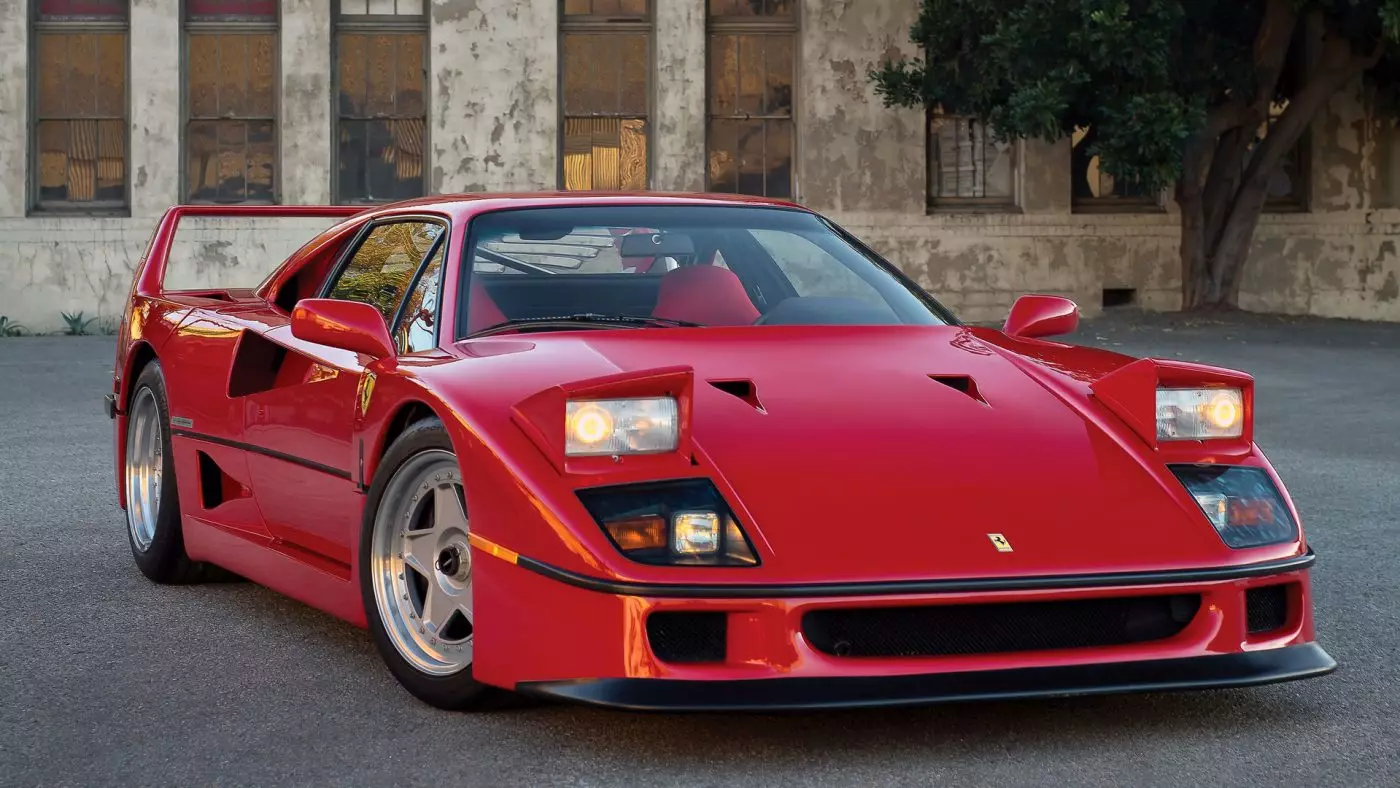THE Ferrari F40 30 years ago (NDR: at the date of the original publication of the article). Created to celebrate the 40th anniversary of the Italian brand, it was presented on July 21, 1987 at the Centro Cívico de Maranello, currently the site of the Ferrari Museum.
Among countless special Ferraris, after 30 years the F40 continues to stand out. It was the last Ferrari to have the “finger” of Enzo Ferrari, it was the ultimate technological expression (so far) of the cavallino rampante brand and, at the same time, it seemed to go back in time, to the roots of the brand, when the difference between competition cars and road was practically nil.
It was also the first production model to reach 200 mph (about 320 km/h).
The F40's origins go back to the Ferrari 308 GTB and the 288 GTO Evoluzione prototype, resulting in a fusion of unique engineering and style. To remember and celebrate the 30 years of the Ferrari F40, the Italian brand brought together three of its creators: Ermanno Bonfiglioli, Special Projects director, Leonardo Fioravanti, designer at Pininfarina and Dario Benuzzi, test driver.
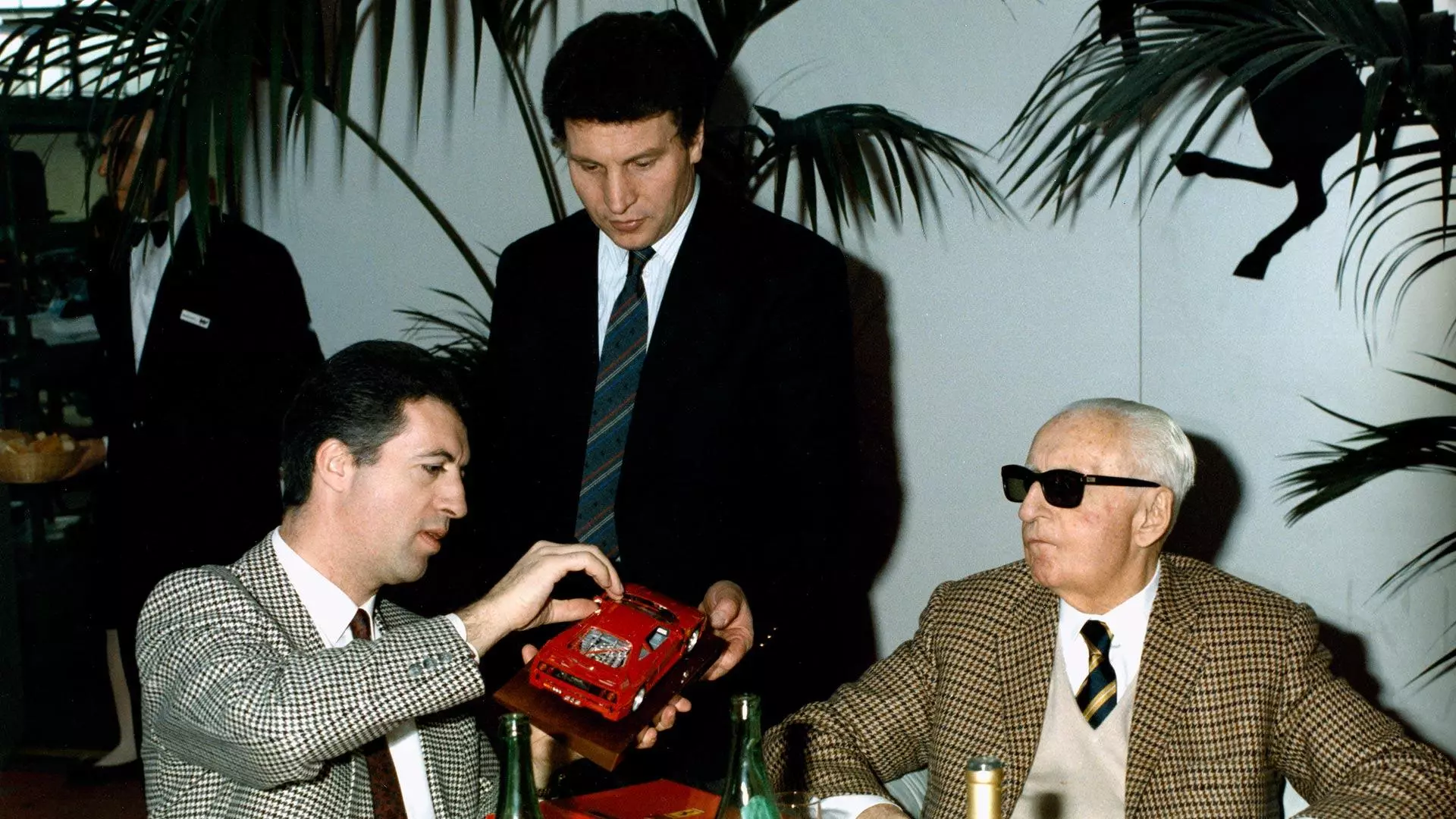
War on pounds, even on the engine
Ermanno Bonfiglioli was responsible for the supercharged engines — the F40 resorts to a 2.9 twin-turbo V8 with 478 horsepower . Bonfiglioli recalls: “I have never experienced a performance like the F40. When the car was revealed, a “buzz” passed through the room followed by thunderous applause.” Among several statements, he highlights the unusually short development time — just 13 months — with the body and chassis being developed at the same pace as the powertrain.
The F120A engine began to be developed in June 1986, an evolution of the engine present in the 288 GTO Evoluzione, but with several new features. The focus was on the engine's weight and, to make it as light as possible, magnesium was used extensively.
Crankcase, intake manifolds, cylinder head covers, among others, used this material. Never before (even today) has a production car contained such high amounts of magnesium, a material five times more expensive than aluminum.
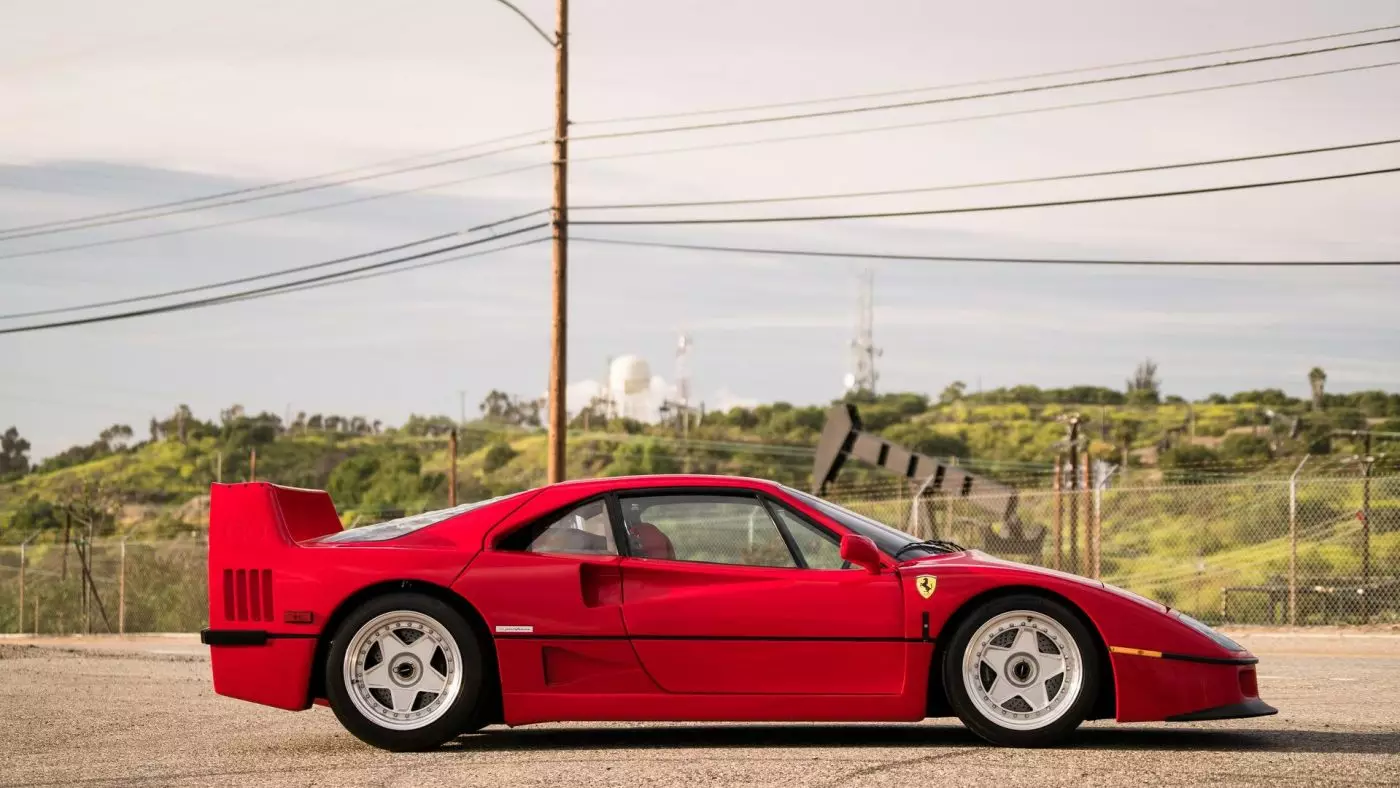
Leonardo Fioravanti, DesignerWhen Commendatore asked me for my opinion on this experimental prototype [288 GTO Evoluzione], which due to regulations never went into production, I didn't hide my enthusiasm as an amateur pilot for the acceleration given by the 650 hp. It was there that he spoke first of his desire to produce a "real Ferrari".
Leonardo Fioravanti also recalls that he and the team knew, as Enzo Ferrari knew, that it would be their last car — “We threw ourselves headlong into work”. A lot of research was done in the wind tunnel, which allowed for optimization of aerodynamics in order to achieve the necessary coefficients for the most powerful road Ferrari ever.
Subscribe to our newsletter
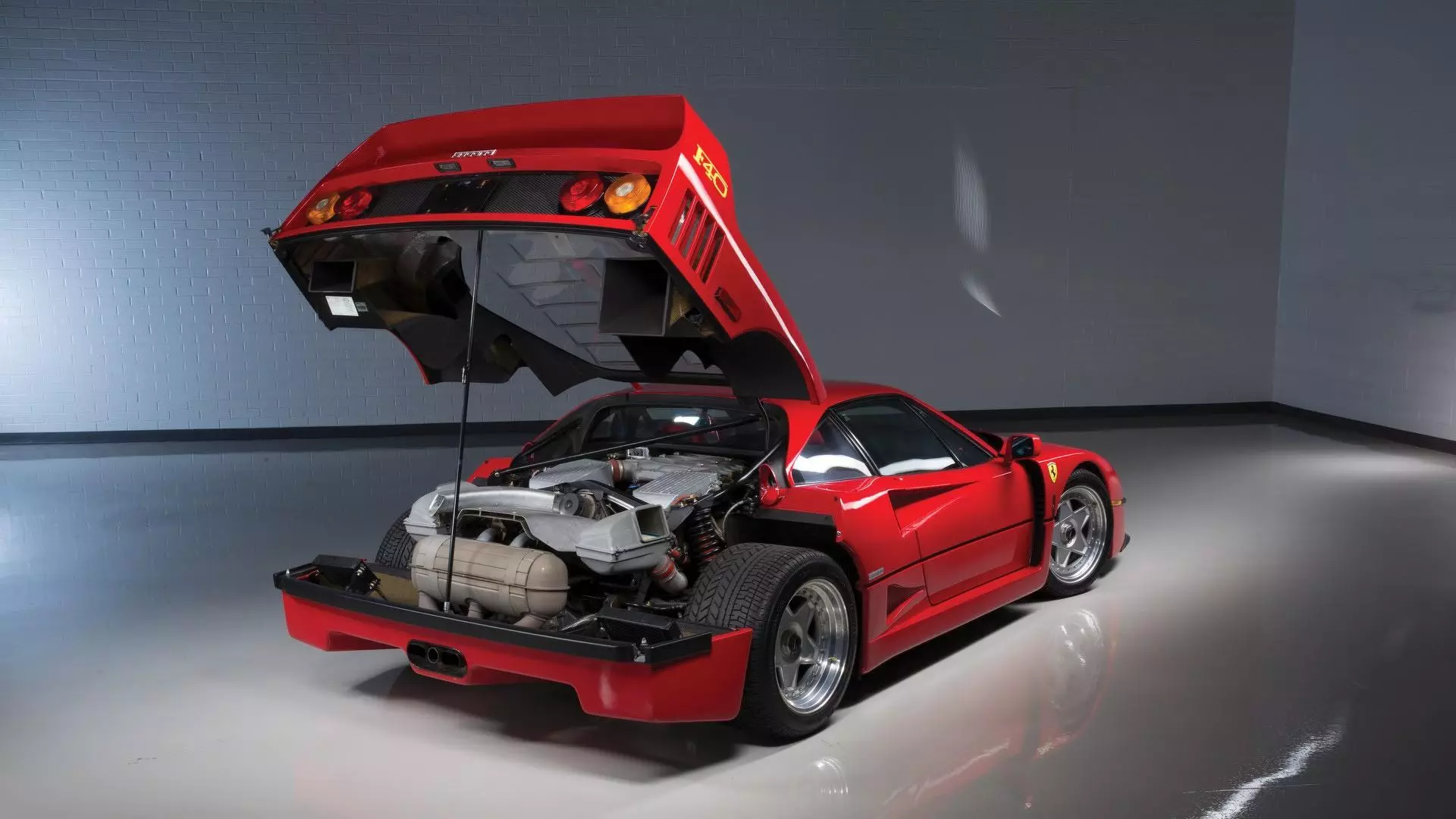
According to Fioravanti, style is equivalent to performance. The low bonnet with a reduced front span, the NACA air intakes and the unavoidable and iconic rear wing, immediately convey its purpose: lightness, speed and performance.
Driver assistance: zero
On the other hand, Dario Benuzzi recalls how the first prototypes were dynamically bad. In his words: “To harness the power of the engine and make it compatible with a road car, we had to carry out numerous tests on every aspect of the car: from turbos to brakes, from shock absorbers to tyres. The result was excellent aerodynamic load and great stability at high speeds.”
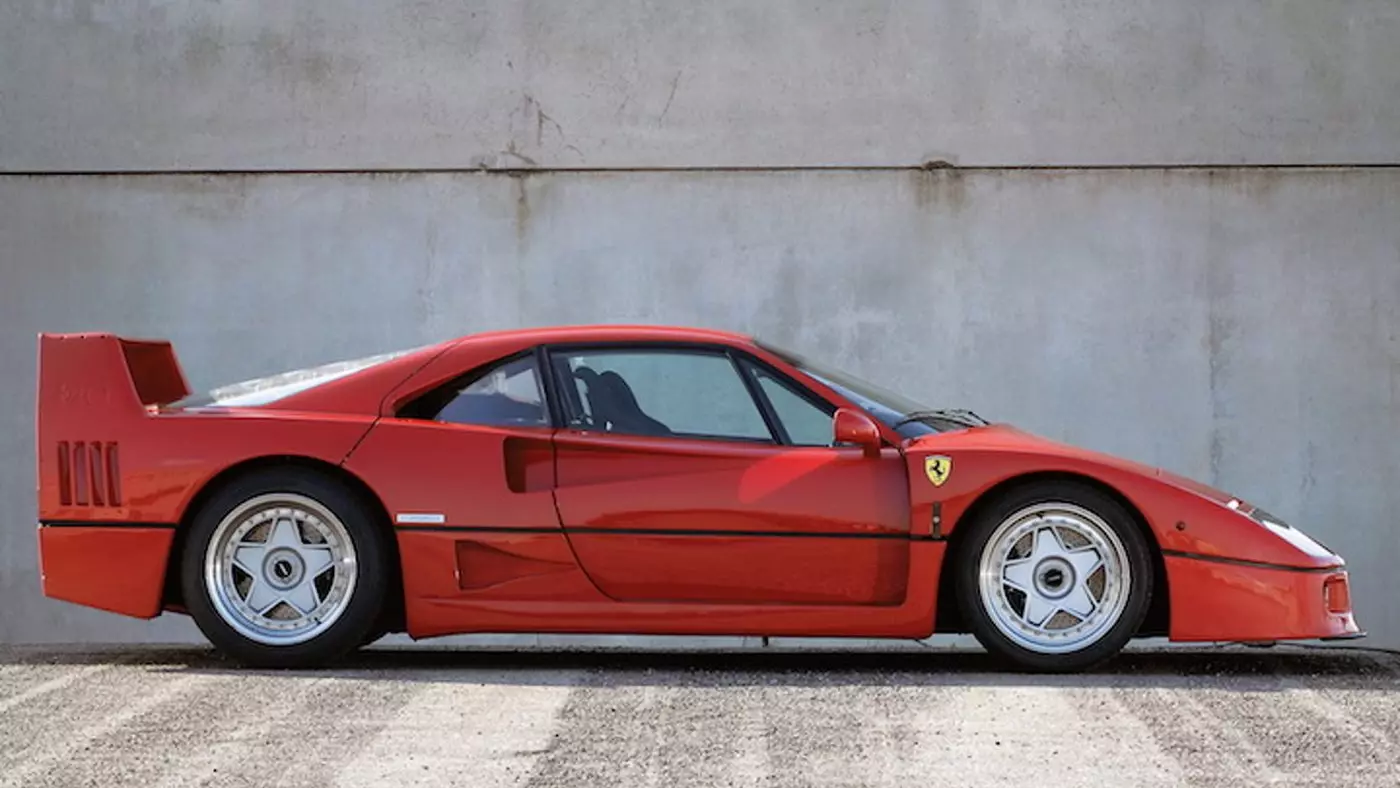
Another important aspect was its tubular steel structure, reinforced with Kevlar panels, achieving a torsional rigidity, at the height, three times greater than that of other cars.
Complemented with a bodywork in composite materials, the Ferrari F40 was just 1100 kg in weight . According to Benuzzi, in the end, they got exactly the car they wanted, with few comfort items and no compromises.
Remember that the F40 does not have power steering, power brakes or any type of electronic driving assistance. On the other hand, the F40 was air-conditioned — not a concession to luxury, but a necessity, as the heat emanating from the V8 turned the cabin into a “sauna”, making driving impossible after a few minutes.
Dario Benuzzi, former Ferrari test driverWithout power steering, power brakes or electronic aids, it demands competence and dedication from the driver, but it pays back handsomely with a unique driving experience.
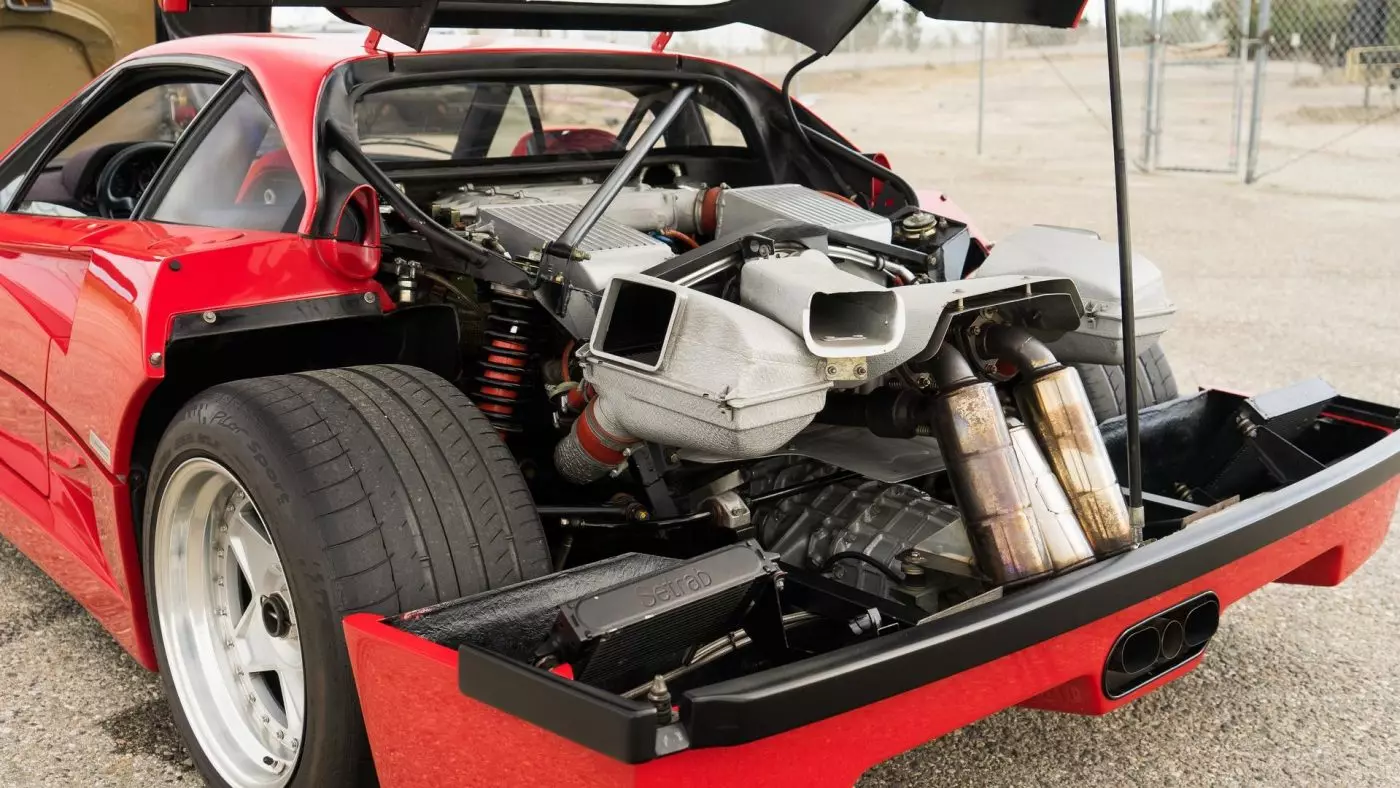
Building on the F40's 30th anniversary celebration, the “Under the Skin” exhibition at the Ferrari Museum will integrate the F40 as yet another chapter in the evolution of innovation and style in the legendary Italian brand's 70-year history.
